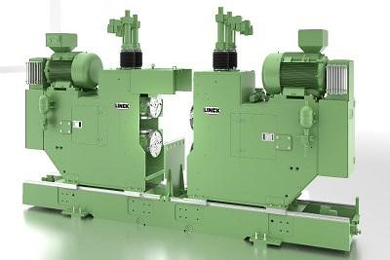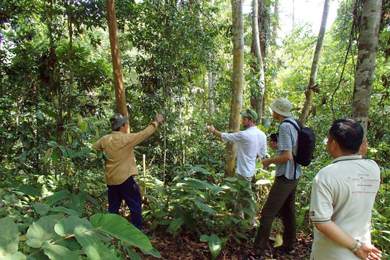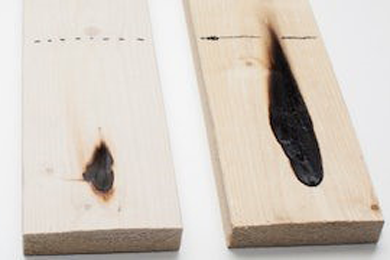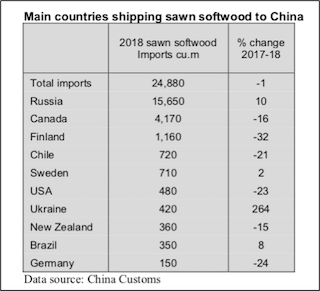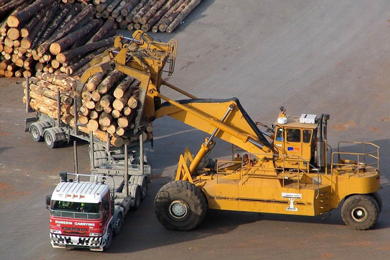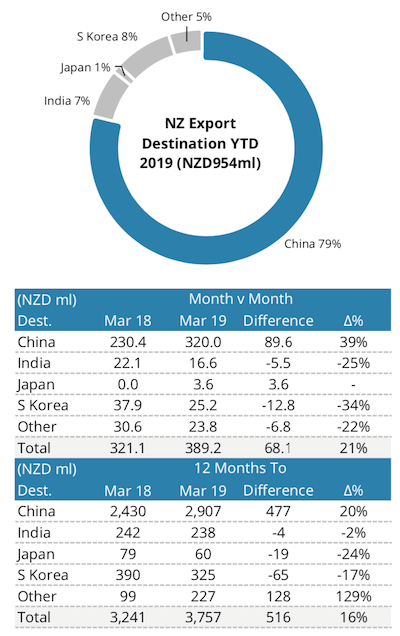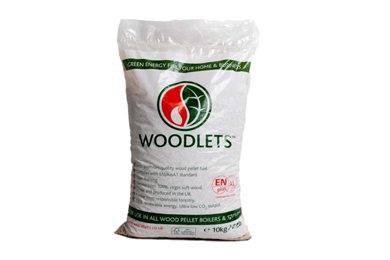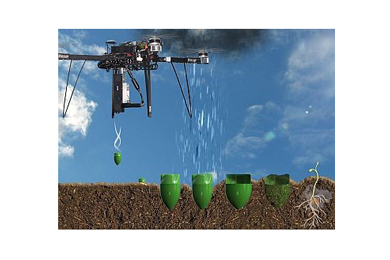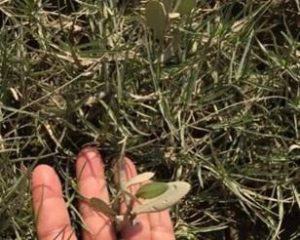In August 2018 Caterpillar Inc. announced plans to sell its forestry business to Weiler Forestry Inc. Caterpillar and Weiler have now entered into a definitive agreement to sell Cat’s purpose-built forestry business. The deal will close in Q3 2019.
In November last year, Gough Cat announced that they’d entered into an agreement with United States company Weiler Incorporated to distribute its forestry product line in New Zealand.
“We remain committed to supporting our forestry customers and the forestry industry,” said Ramon Younessi, Caterpillar Construction Industries Group President, in a statement.
“Caterpillar and our dealers have an established relationship with Weiler that spans many years. The process of developing this binding agreement has further enhanced our confidence in Weiler’s ability to deliver purpose-built forestry machines, while Caterpillar continues to offer forestry excavators and other core equipment, allowing the dealers to provide a complete product portfolio and the optimal solution for forestry customers.”
Among the core equipment Caterpillar will continue providing is forestry excavators designed for log loading, processing and other forestry applications. As part of the agreement, Weiler will acquire Cat’s purpose-built forestry product line, including wheel skidders, track feller bunchers, wheel feller bunchers and knuckleboom loaders. The company will also own Cat’s operations in LaGrange, Ga., Auburn, Ala., and Smithfield, N.C.
Once the deal is closed, Weiler Forestry will design and produce purpose-built forestry products, which will be available through the Cat dealer network.
Source: woodbusiness.ca







